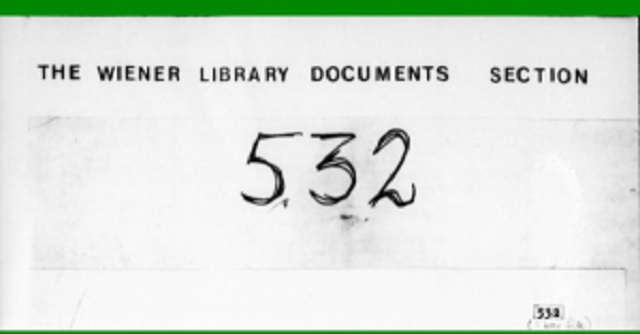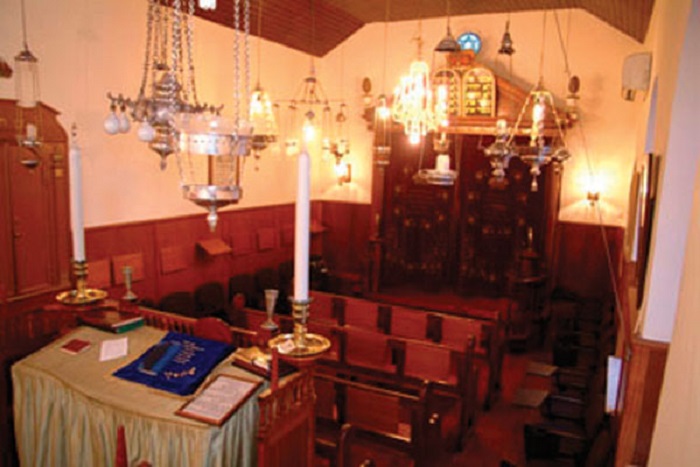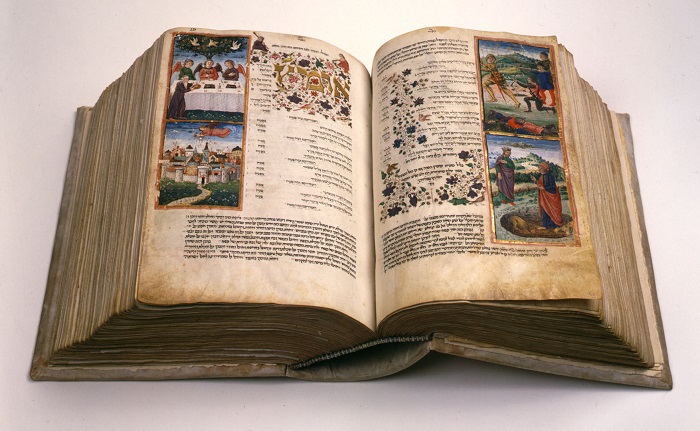ENGLISH CORNER, CON LINDA JIMÉNEZ – This week’s trivia question:: What is the integrative method in Holocaust studies, and why was it especially innovative in 1939?
Born and raised in Berlin, Miriam Schulz completed her BA in Jewish Studies and History and Cultures of the Middle East at Freie Universität Berlin in 2011, followed by an MA in Judaism in Historical Context, specializing in Modern Judaism and Holocaust Studies, at Freie Universität and Touro College Berlin in 2014. She later worked at the Jewish Museum in Berlin and the Topography of Terror, and interned at both the Leo Baeck Institute in New York City and the Wiener Library for the Study of the Holocaust and Genocide in London. She is currently working on her PhD in Yiddish Studies at Columbia University in New York.
Miriam’s unique background and knowledge of languages have made it possible for her to do unprecedented research in previously undiscovered archives in Vilnius. At the recent Yiddish in Berlin program she gave a lecture titled: “Let’s Collect for Justice! Khurbn Research as Jewish Civil Resistance before, during and after the genocide.” She spoke about an innovative project, that was carried out in 1939 to collect testimonies directly from victims of the Holocaust.




